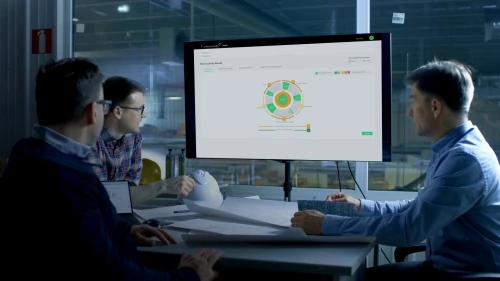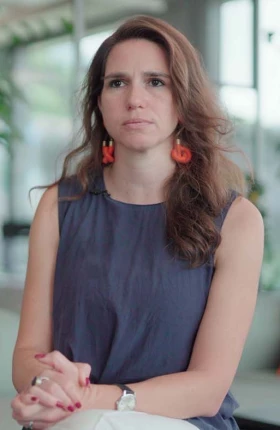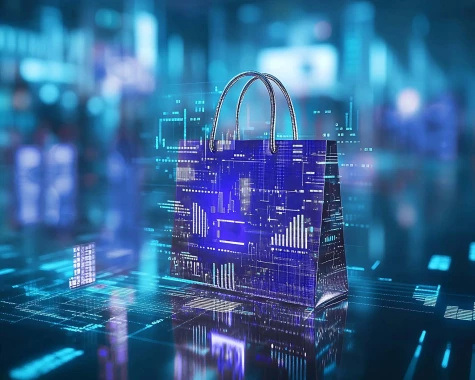Circelligence by BCG
Lead the Circular Economy
Behind every product are raw materials, but we are using resources faster than nature can regenerate them. Circelligence by BCG helps companies become circular businesses and drive more value from fewer raw material inputs.
Unleash the Value of the Circular Economy
The linear economy is a one-way street, and growth may soon hit a dead end; raw materials follow a “take-make-waste” journey—once spent, they’re out of play. In a circular economy, these materials find new life filling needs (not landfills). Circelligence by BCG helps companies master sustainability and the circular economy, sparking efficiency, innovation, and competitive advantage. This transition to the circulate economy has the potential to unlock $4.5 trillion in GDP growth by 2030.
The circular economy sustains growth in a world of finite resources by turning value chains into value circles. Circularity lowers sourcing risks and costs, improves operational efficiencies, and opens the door to new products and market segments. But creating a circular business isn’t simple. A robust circular economy roadmap requires a holistic approach for every phase of a product’s life cycle. The challenge: understanding just how circular your business is and how to focus your efforts to create a circular strategy.
Holistic Circular Economy Assessment

Quantitative Assignment
Through a holistic assessment, Circelligence by BCG provides a baseline of your company's circularity performance from which to launch a circularity strategy. The tool pulls available data from SAP systems to assess the circularity of your product’s full value chain, from raw materials to end of life (you can also enter data into Excel templates or input directly into the tool’s user interface).
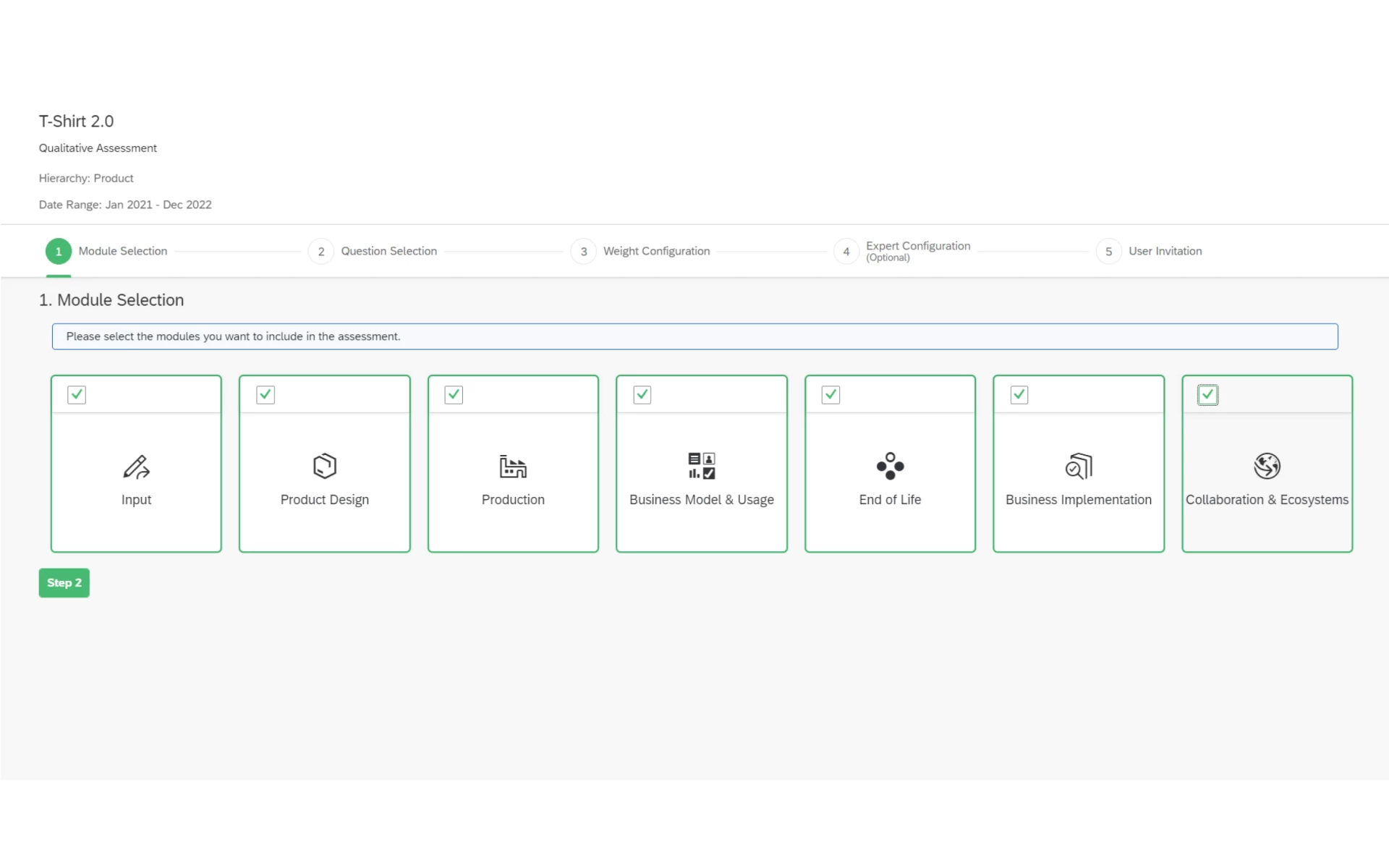
Qualtitative Assignment
Through survey questions, Circelligence by BCG gauges the cultural and organizational components of circularity, assessing your readiness to embrace and execute a circular economy roadmap.
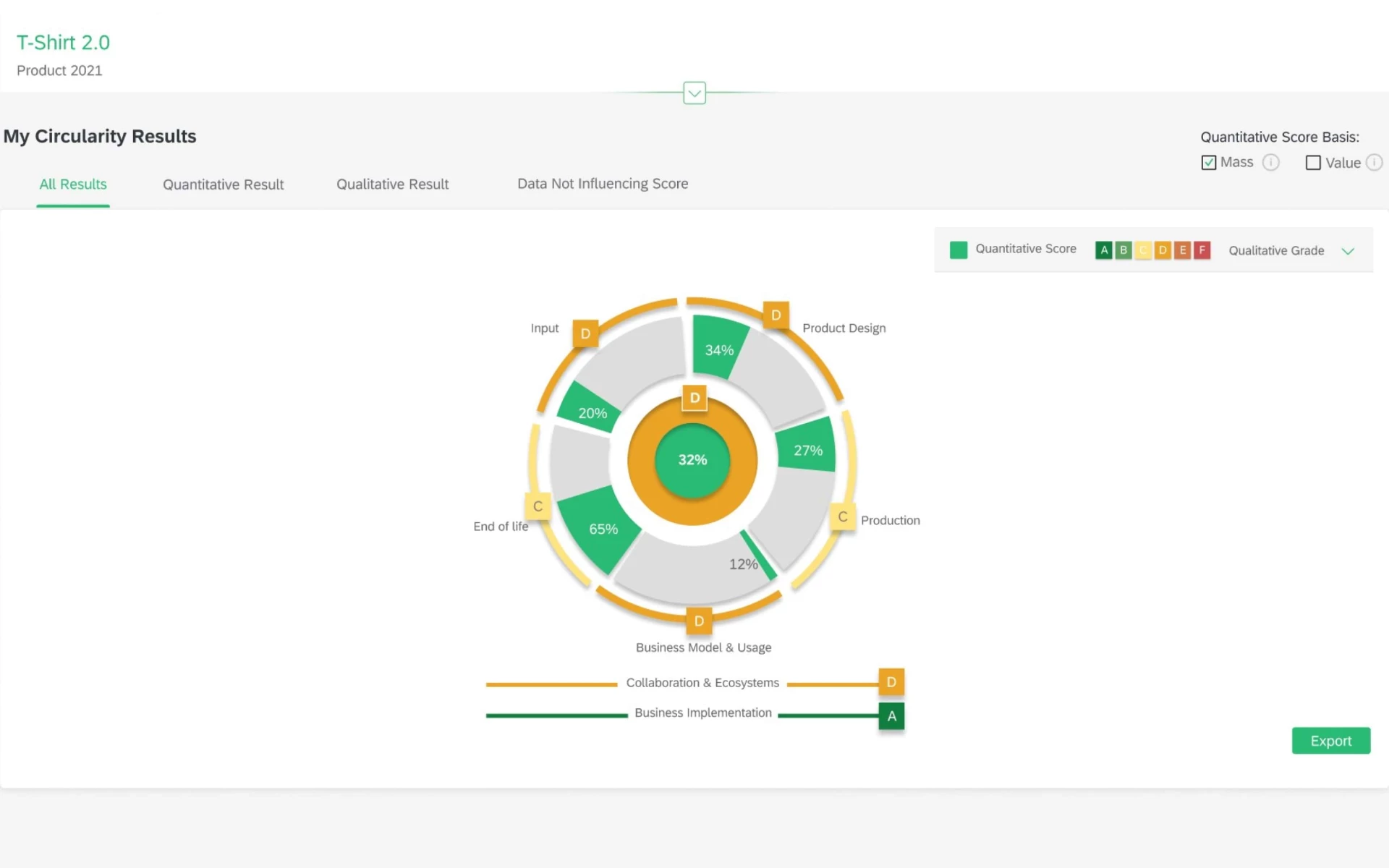
Visibility and Transparency
A comprehensive dashboard presents your circularity scores in a visual and intuitive format—so you can zero in quickly on current performance and areas for improvement.
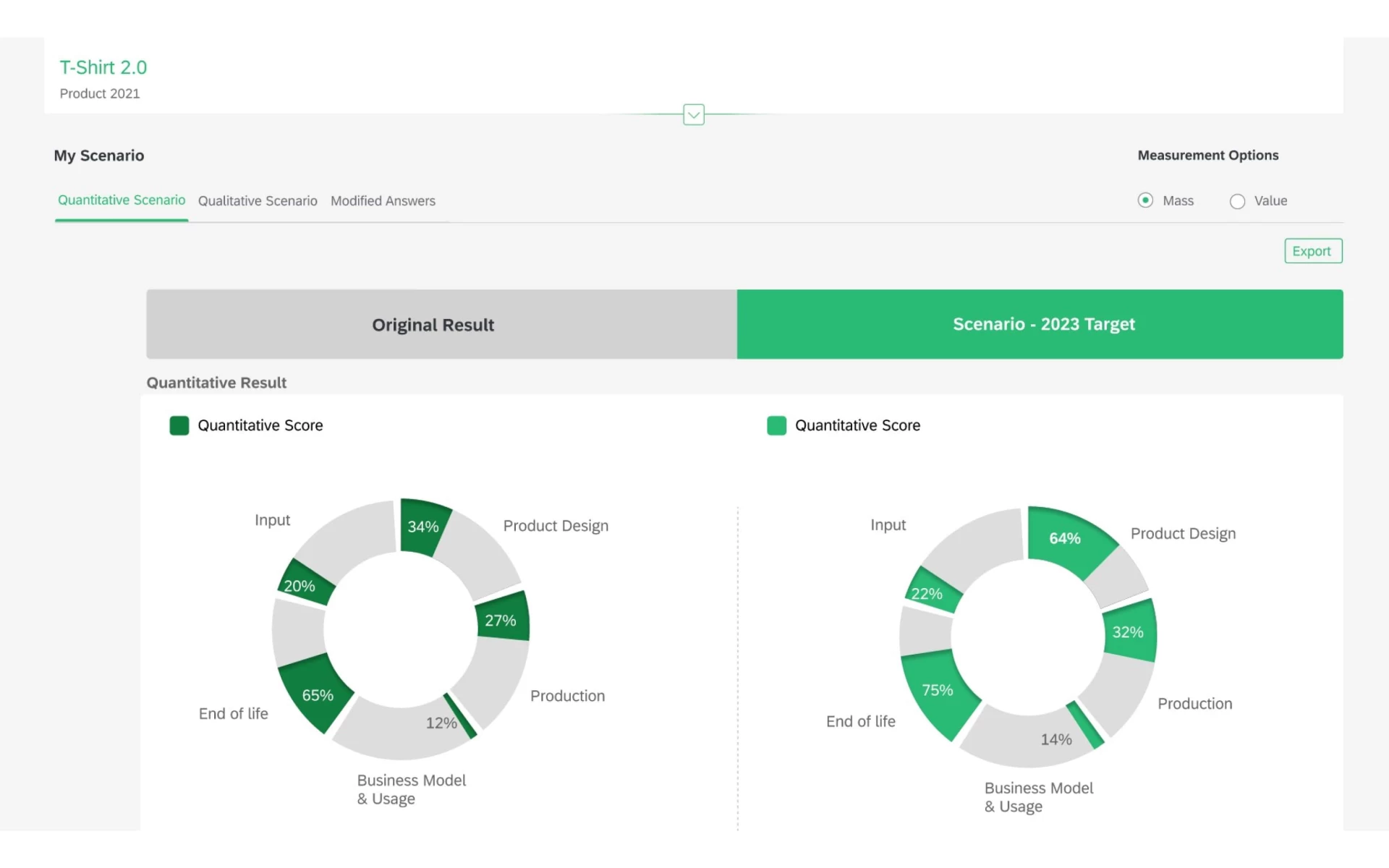
Simulating Improvement Initiatives
The Circelligence scenario player lets you model how changes—to processes, raw materials, and so on—will impact your circularity. This enables you to test prospective initiatives, develop and assess associated business cases, and prioritize the initiatives that matter most.
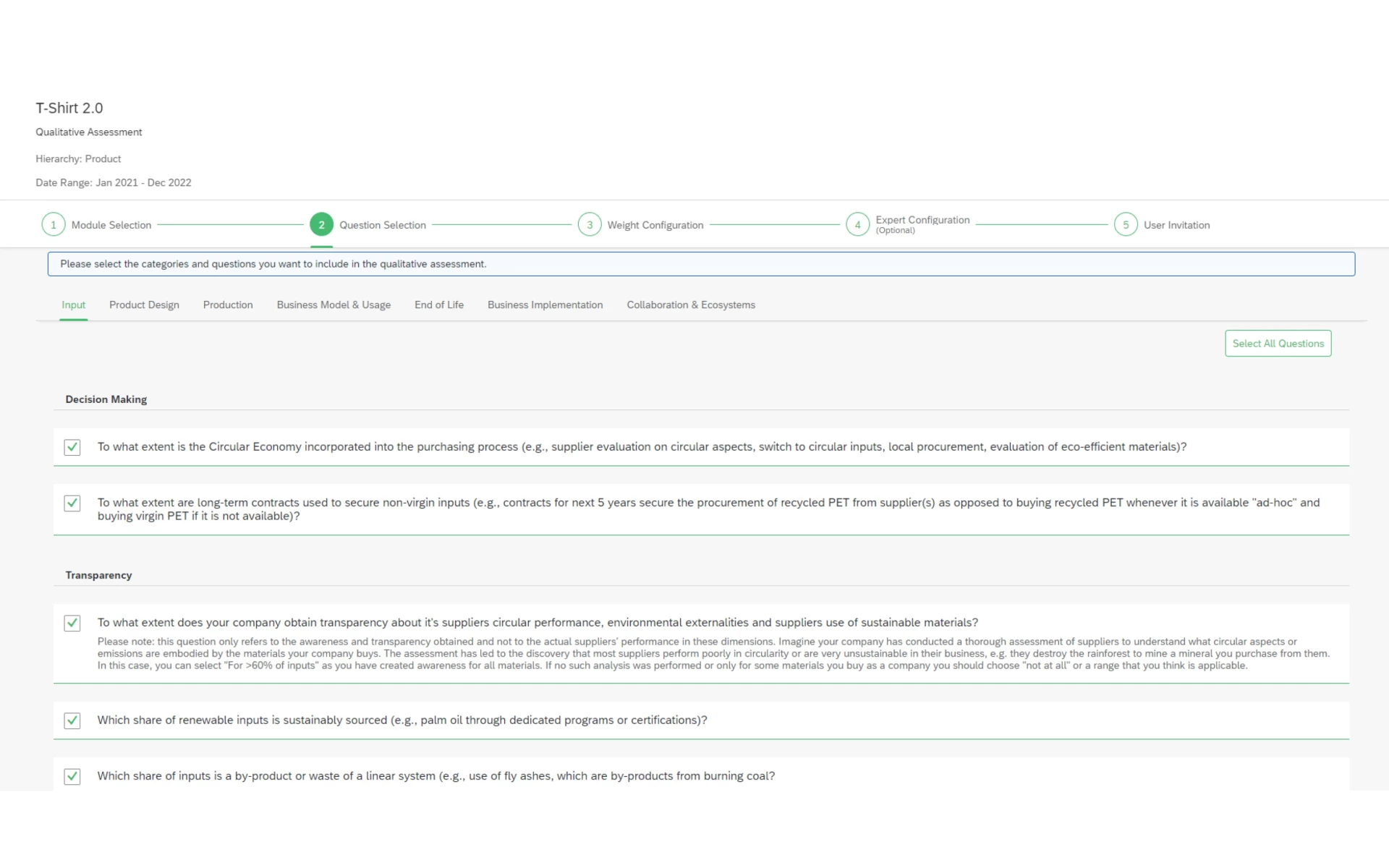
Customization
Regeneration lies at the heart of every sustainability and circular economy strategy. But as every business is different, with different operating models and ways of measuring success, you can tailor Circelligence by BCG to your company’s particular circumstances and needs.
The Benefits of Circelligence by BCG
Business Model Innovation
New Growth Opportunities
More Efficiency, Less Risk
Stronger Customer Relationships
Staying Ahead of the Regulatory Curve
Our Clients’ Success with Circularity
Across sectors and around the globe, BCG has helped companies accelerate their circularity journey. Here are some examples of our work—and results:
"Circelligence helped bring clarity to an extremely complex topic. It supported us in building a database of material use and flows which—beyond allowing us to calculate the circularity score—gave us deep insight into our material use." — Caroline Stern, Head of Circularity, Hilti
Meet Our Circular Economy Consulting Team
Our Insights into the Circular Economy






